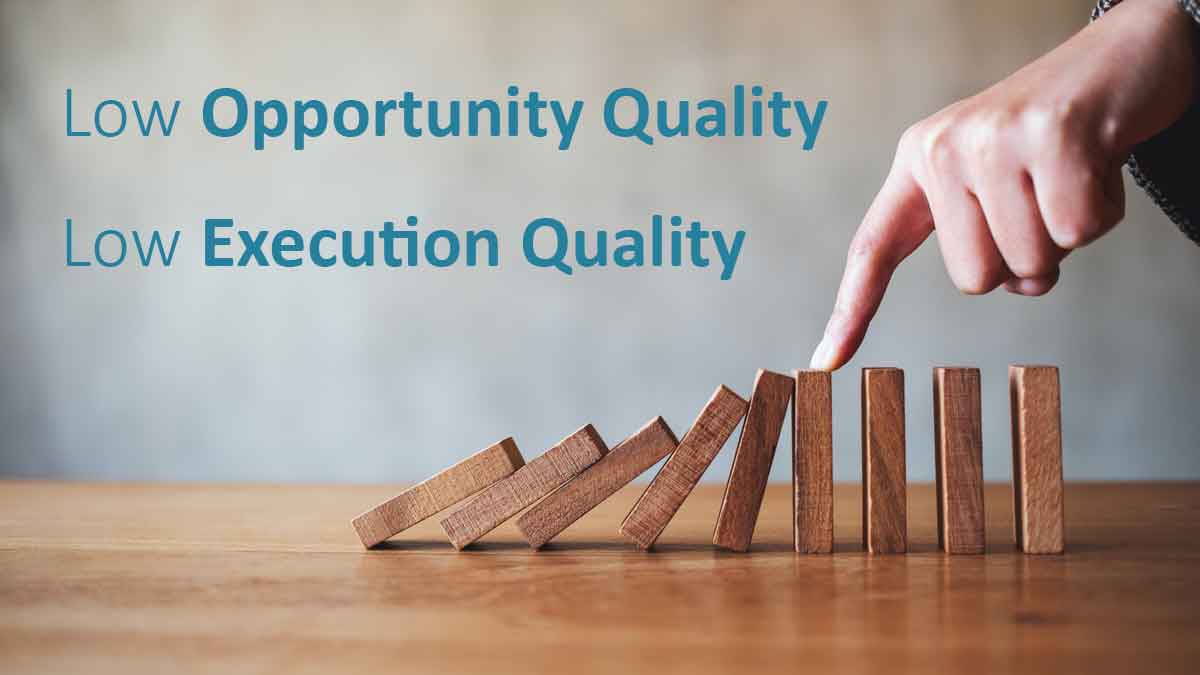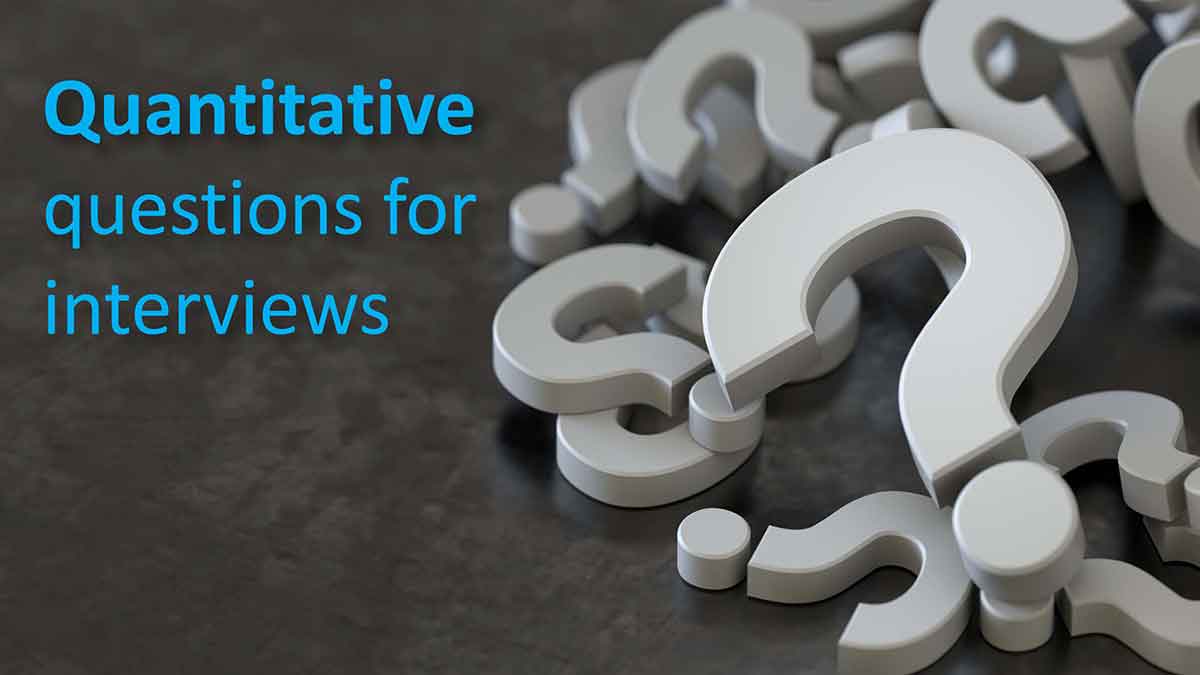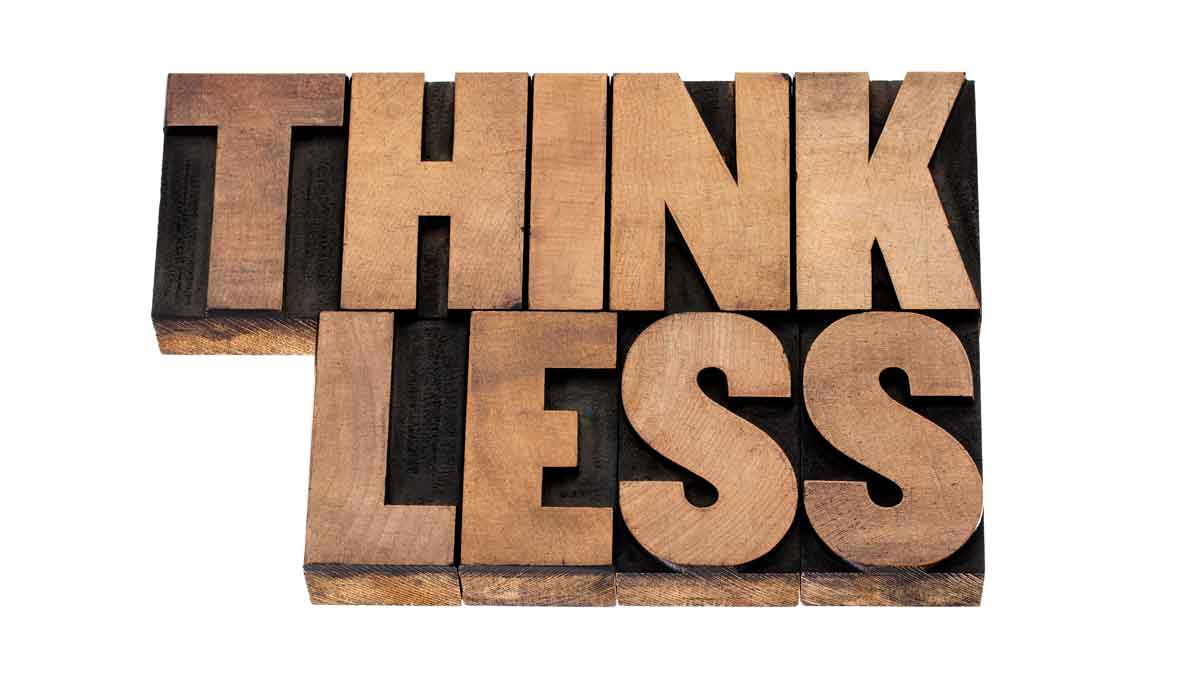The methods introduced in this series are based on solid research and AIM Institute’s experience training tens of thousands of B2B professionals. Here’s why these methods will be commonplace someday.
b2bgrowth.video/1 Video length [2:12]
B2B Organic Growth Series: Chapter #1
Awkward Reality #329
You need better targeting, not a bigger payload.
Would you want a bigger payload or a better targeting system for missiles, cancer treatment or gold mining? A bigger payload would be a larger warhead, radiation dosage, or backhoe shovel. Better targeting would be more precise hits on enemy positions, cancer tumors, or ore deposits. Better targeting reduces waste and collateral damage. Same for your R&D: Precisely target customer needs before stepping into the lab. This avoids waste (squandered R&D) and collateral damage (discouragement and slow growth).
More in article, Target Customer Needs and Win
Awkward Reality #328
Two completely different reasons for halting a new-product project.
Imagine two new-product project teams have gate reviews on the same day, and both projects are stopped. The first is stopped for the right reasons, e.g. smaller-than-expected market size or low customer interest… as evidenced by tiny Market Satisfaction Gaps. This is low Opportunity Quality. The second team is stopped due to sloppy work: skimpy customer interviews and much confirmation bias. This is low Execution Quality. Celebrate the first team. Train the second. For every project, make sure you know which is which.
More in article, 3 Problems with Innovation Metrics
Article
Quantitative questions for interviews… 8 Steps to prioritize customer needs
Why use quantitative questions for interviews, not just qualitative? Two reasons. First, qualitative interviews give you reams of customer quotes with no good way to prioritize customer needs. Sure, you could count the number of times customers cite a certain need, but frequency of remarks is a poor substitute for customer eagerness to improve. More ... Read More
Awkward Reality #327
Today’s innovation metrics suffer from Why, When, and What problems.
1. The “Why” problem: Today’s most popular metric, the Vitality Index (% of sales from new products) doesn’t tell you why your % is going up or down. 2. The “When” problem: The lag time in your feedback loop is too long: Changes you make in the front-end-of-innovation will take years to generate significant revenue. 3. The “What” problem: The Vitality index focuses on your results. You need metrics that focus on your capabilities. Only by building these can you have confidence that you’ll improve your innovation results.
More in article, 3 Problems with Innovation Metrics
Awkward Reality #326
When developing a new product… think less about it.
Huh? Well, it’s fine to think about your new product, but do so after you first understand your customers’ job-to-be-done. Only after you identify this JTBD can you properly 1) scope your project, 2) identify the right customer interviewees, 3) frame the best outcome statements for quantitative interviews, 4) optimize design & pricing, and 5) promote your product effectively. Bonus: You’ll have a longer time horizon when you focus on the JTBD instead of your new product.
More in article, Jobs-to-Be-Done and New Product Blueprinting
Awkward Reality #325
Five Bonus benefits of new-product voice-of-customer interviews.
You conduct front-end-of-innovation customer interviews so you can design a great new product, right? Well yes, but… if you do these well, you’re doing more. You’re also 1) learning the unknown unknowns, 2) unlearning the things you do know that simply aren’t true, 3) aligning your development team for action, 4) making better decisions through improved market intuition, and 5) building stronger relationships for near-term sales opportunities.
For more download e-book, Reinventing VOC for B2B
Article
You decide how much commercial risk to take on
New product innovation is a tough business. You don’t get to decide what customers want, or how fast your market grows, or if the laws of science permit a breakthrough product. But you can decide how much commercial risk you’d like to absorb… if you are a B2B supplier. This isn’t as true for B2C. ... Read More
Awkward Reality #324
The incredible power of customer tours.
How valuable are B2B customer tours? In the early 1980s, Eugene Goodson led Johnson Controls’ automotive seating group, when a Japanese competitor requested a plant tour. The Japanese team toured for less than an hour and took no notes. Harmless, right? Years later Goodson was able to read the tour report and was shocked at what the Japanese team had uncovered, including a detailed technology description and a highly accurate cost-of-sales estimate.
More in article, A primary VOC tactic: B2B customer tours
Awkward Reality #323
Six levels of customer insight: Which describes your business?
Move your organization up through these levels: 1) Conference-roomers: We meet with ourselves to decide what customers want. 2) Expert-askers: We poll our own sales and tech support personnel. 3) Customer-surveyors: We get customer answers… but only to our questions. 4) Qualitative VOC-ers: Our interviews move us from voice-of-ourselves to voice-of-customer. 5) Quantitative VOC-ers: We get unbiased, unfiltered insights. 6) B2B VOC-ers: Our probing takes advantage of powerful B2B advantages.
More in article, The six levels of B2B customer engagement








